Category: SS Lesson – Doctrine and Covenants
-

CFM 4/28-5/4: Poetry for “My Law to Govern My Church”
Organizations require structure. And the larger that an organization gets, the more structure it needs. That might seem pretty obvious in today’s world, but I suspect it was less obvious in the 1830s among the Saints who had joined the church, many because of the way other churches operated. After the ‘constitution’ of the Church…
-
CFM 4/21-4/27: Poetry for “If Ye Are Not One Ye Are Not Mine”
I feel like I could just repeat the introduction I made three weeks ago, to the lesson for the week ending April 6th, which also spoke about the gathering. However, this week’s lesson is a little different, since it focuses on why we are gathered instead of simply that there is a commandment to gather.…
-
CFM 4/14-4/20: Poetry for “I Am He Who Liveth, I Am He Who Was Slain”
The Come Follow Me lesson for the week ending on April 20th, Easter, takes a break from the section order in the Doctrine and Covenants to focus on how Christ is portrayed in the scripture. The lesson focuses on three attributes of Christ’s role: His living nature, his gift of the resurrection to all of…
-

CFM 4/7-4/13: Poetry for “ Lift Up Your Voices … to Declare My Gospel”
For a lesson titled “Declare My Gospel”, the individual sections don’t seem to focus as much on missionary work as you would think. Instead, the missions discussed are more like the statement often attributed to St. Francis, “Preach the gospel. If necessary use words.” Of course, the problem with preaching through actions, even though they…
-

CFM 3/31-4/6: Poetry for “Jesus Christ Will Gather His People”
The concept of gathering maybe one of the most-changed concepts in LDS belief. In D&C 29 the call to be “gathered in unto one place upon the face of this land” clearly refers to a physical gathering, where members of the church lived near each other. Later the number of places of gathering increased, and…
-

CFM 3/24-3/30: Poetry for “All Things Must Be Done in Order”
It’s hard to argue with the phrase “all things must be done in order.” For most rational people, doing things in order is important. But, what exactly do we mean by ‘order’? Whose order? Does the order need to be torn up sometimes? Order suggests the arrangements and procedures that support society and our institutions.…
-

CFM 3/17-3/23: Poetry for “Seek for the Things of a Better World”
Most of this lesson comes from D&C 25, the revelation in which Emma Smith is called to select the hymns for the Church’s first hymnal. But that calling is a small part of a revelation meant to provide Emma with help and support, as well as guidance in where she should devote her efforts—in “the…
-

CFM 3/10-3/16: Poetry for “The Rise of the Church of Christ”
I’m currently spending time looking at the idea of ‘restoration’—probably the key idea that early members of the Church sought after. Our denomination is, and was then, considered a restoration of Christ’s original church. This lesson, covering mainly D&C 20, sometimes called the ‘constitution of the church, looks further at exactly what this means, and…
-
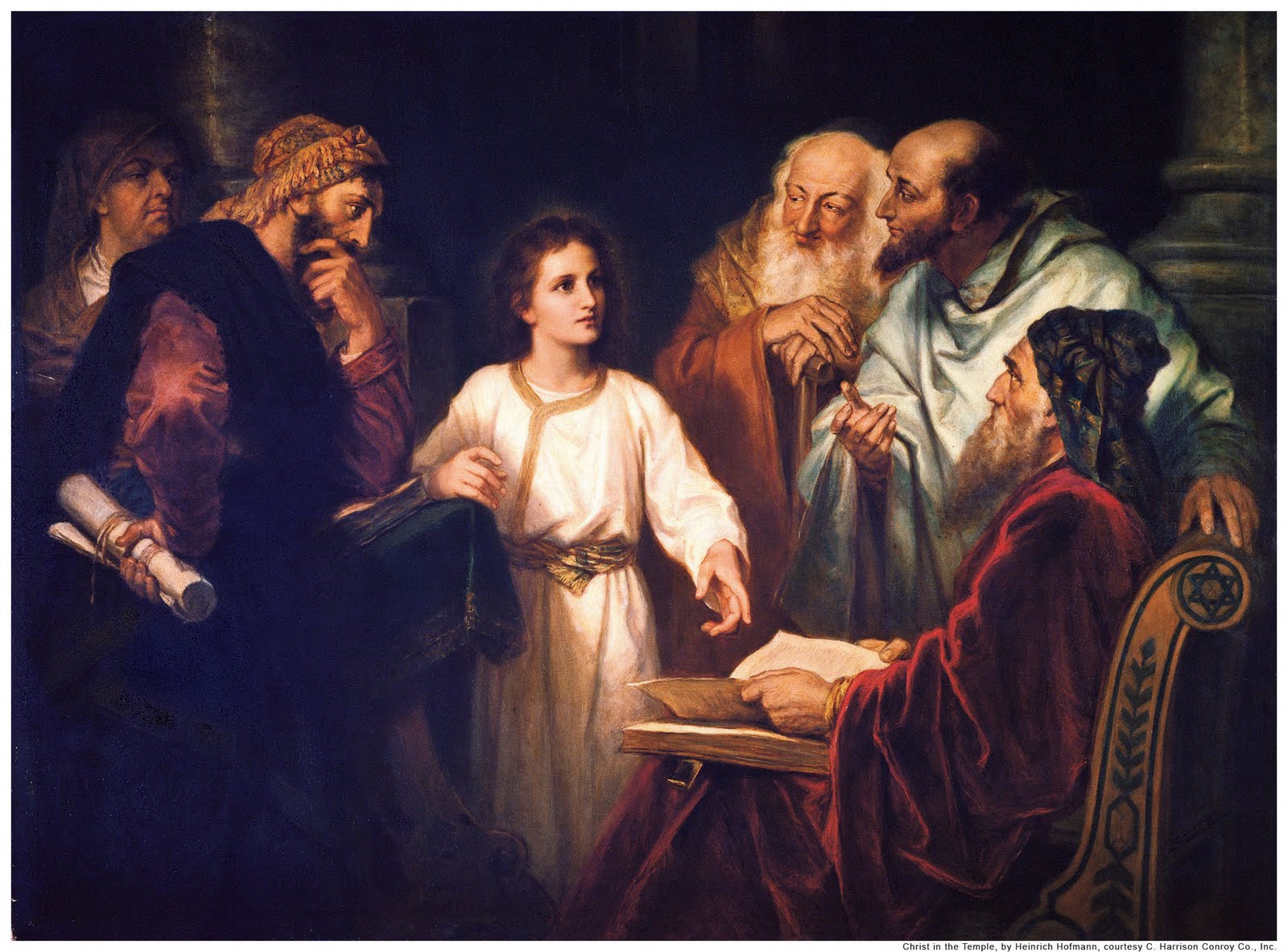
CFM 3/3-3/9: Poetry for “Learn of Me”
It might seem strange that the title of a lesson based on D&C 19, apparently written as Martin Harris struggled with wether to mortgage his farm to pay for the publication of the Book of Mormon, should be titled “Learn of Me.” But D&C 19 doesn’t talk about mortgages or farms, and the more I…
-

CFM 2/24-3/2: Poetry for “The Worth of Souls Is Great”
We often hear the phrase “the worth of souls,” but I’m not sure that we focus much on the values behind the idea of ‘worth.’ Much of our modern culture is concerned with how we value each individual — and especially with how the culture values us. Are we getting a fair shake? Are we…
-
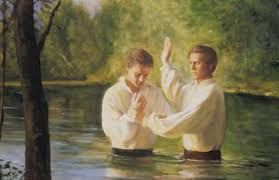
CFM 2/17-2/23: Poetry for “Upon You My Fellow Servants”
I sometimes think that when we consider the visit of John the Baptist to Joseph and Oliver (the main event discussed in this lesson), we focus on the restoration of the Aaronic Priesthood, but leave out the restoration of the ordinance of baptism. Yes, the ordinance can’t be performed without the priesthood, but then I…
-

CFM 2/10-2/16: Poetry for “That You May Come Off Conqueror”
While the sections in this lesson address what to do after the loss of the 116 pages and what Hyrum Smith should do, elements of these sections and the lesson have a triumphalist element, pointing out that the Lord’s plans will not be thwarted because of opposition. However, this should not be read as some…
-
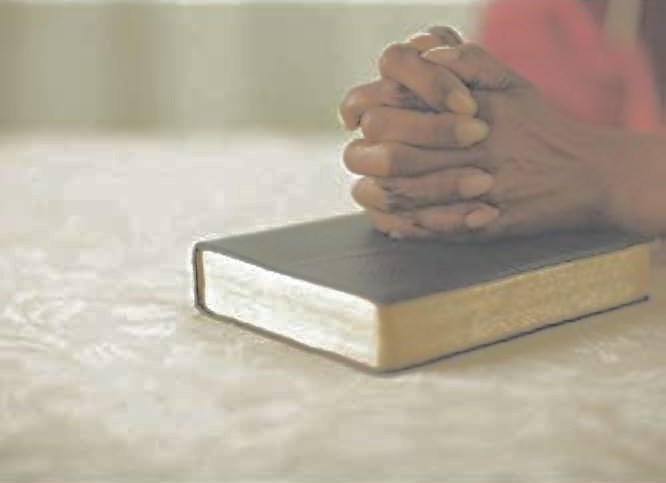
CFM 2/3-2/9: Poetry for “This Is the Spirit of Revelation”
The restoration of the gospel can be seen as having two different aspects: the personal and the communitarian. While the First Vision is seen as indicating which Church to join, it is also a personal interaction between a 14-year-old boy and his God. Subsequent events in the restoration can also be seen in the same…
-
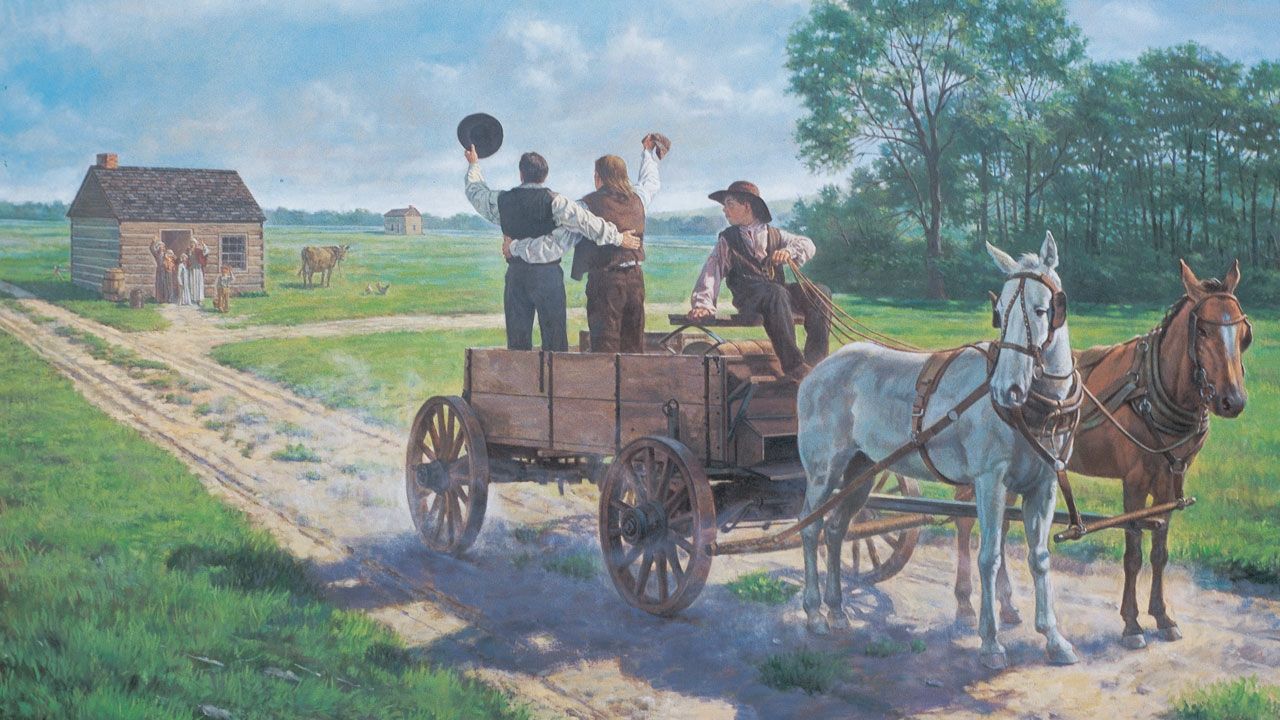
CFM 1/27-2/2: Poetry for “My Work Shall Go Forth”
How do ideas spread? If the truth has been lost, what is the best way for it to become known again? It is one thing to give Joseph Smith the First Vision and quite another for that vision to spread among large numbers of God’s children—and I suspect that how the spread of new religious…
-
CFM 1/20-1/26: Poetry for “The Hearts of the Children Shall Turn to Their Fathers”
The phrase “The Hearts of the Children Shall Turn to Their Fathers” has a different meaning for LDS Church members than it does in any other group that relies on Old Testament scripture. We conflate this phrase with a wide variety of theological topics, including family history, temple sealing and even, as in the current…
-
CFM 1/13-1/19: Poetry for “I Saw a Pillar of Light”
The First Vision is clearly one of the major images or symbols of the restoration. We reference the image of a pillar of light regularly in our literature, although I sometimes think that we don’t use the image as broadly as we might—the pipe-like image of delivering revelation, the brightness in the midst of darkness,…
-
CFM 1/6-1/12: Poetry for “Harken, O Ye People”
Considered the preface to the D&C, the first section, subject of the second Come Follow Me lesson, argues for the importance of revelation in the restoration, and for recognizing that the Lord reveals his word through “the weak and simple.” Just like with the restoration itself, the call for our attention to revelation is a…
-
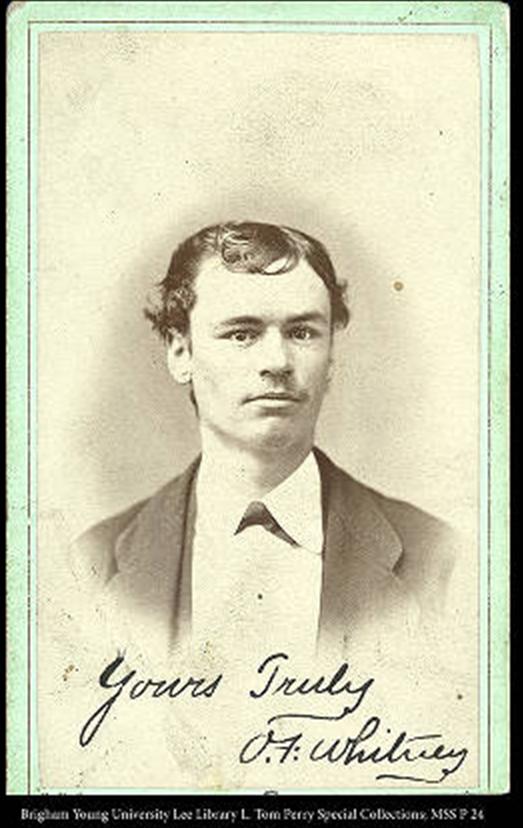
CFM 12/30-1/5: Poetry for “The Restoration of the Fulness of the Gospel of Jesus Christ”
Culture is important. Cultural items not only enhance what we say and teach, making the ideas more memorable and meaningful, they also add additional information, and engage our brains on a level that enhances our learning. As a student of literature as well as the gospel, I’ve long been convinced that our modern culture has…
-
Lit Come Follow Me: D&C 76: The Vision
Poetry for this week’s Come Follow Me lesson, D&C section 76, The Vision of the Celestial Kingdom — plus, was Joseph Smith a poet?
-
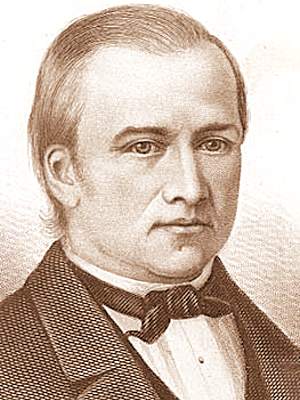
Lit Come Follow Me: D&C 71-75: Criticism, Consecration and Proclamation
Poetry for this week’s Come Follow Me lesson, D&C sections 71-75, addressing Criticism, Consecration and Proclamation
-
Lit Come Follow Me: D&C 67-70: The Lord’s Witness, Inspiration, and Parenting
Poetry for this week’s Come Follow Me lesson, D&C sections 67-70, addressing The Lord’s Witness, Inspiration, and Parenting
-
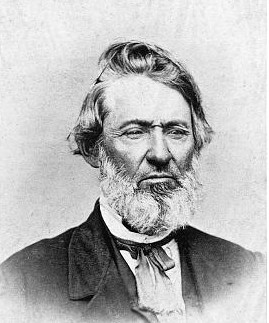
Lit Come Follow Me: D&C 64-66: Forgiveness, Zion’s Ensign and Our Thoughts
Poetry for this week’s Come Follow Me lesson, D&C sections 64-66, addressing Forgiveness, Zion’s Ensign and Our Thoughts
-
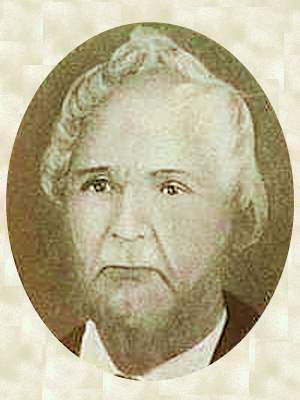
Lit Come Follow Me: D&C 63: Rebelliousness and Signs—The Lord is in Control
Poetry for this week’s Come Follow Me lesson, D&C section 63, addressing rebelliousness and signs, but concluding that the Lord is in control
-
Lit Come Follow Me: D&C 60-62: Missionary Work
Poetry for this week’s Come Follow Me lesson, D&C sections 60-62, addressing missionary work and the Lord’s support for us.
-
Lit Come Follow Me: D&C 58-59: Timing of Blessings, Sabbath Day
The end is always a new beginning. The arrival of the first Latter-day Saints in Independence, Missouri was both an end and a beginning. They accomplished the goal of gathering to Zion, but then realized that now they had to actually build Zion—a process that has, in a variety of ways, continued ever since. For…
-
Lit Come Follow Me: D&C 51-57 — Temporal Zion
By going in order through the Doctrine and Covenants, the Come Follow Me lessons sometimes show the concerns of the Church at a particular point in time. The seven sections included in this lesson are quite varied, but all demonstrate temporal concerns — where to put all the immigrants arriving in Kirtland, how members should…
-
Lit Come Follow Me: D&C 49-50 — Marriage, Falsehood & Edification
Poetry for this week’s Come Follow Me lesson, D&C sections 49-50, addressing marriage, identifying falsehood & edification through spiritual gifts.
-
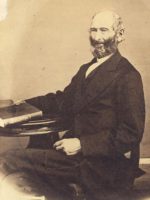
Lit Come Follow Me: D&C 46-48 — Welcome, Spiritual Gifts, History and Sharing
Poetry for this week’s Come Follow Me lesson, D&C sections 46-48, addressing being welcoming, spiritual gifts, keeping a history and sharing the lands we own.
-
Lit Come Follow Me: D&C 45 — Standards and Zion
Poetry for this week’s Come Follow Me lesson, D&C section 45, addressing the raising of gospel standards and establishing Zion.
-
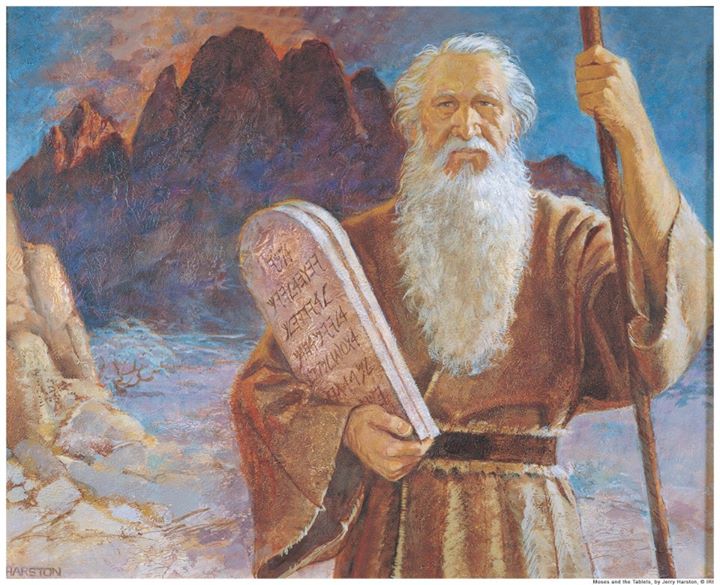
Lit Come Follow Me: D&C 41-44 — Law, Consecration and Revelation
Poetry for this week’s Come Follow Me lesson, D&C sections 41-44, addressing the law, consecration for supporting the poor, and the role of revelation.
